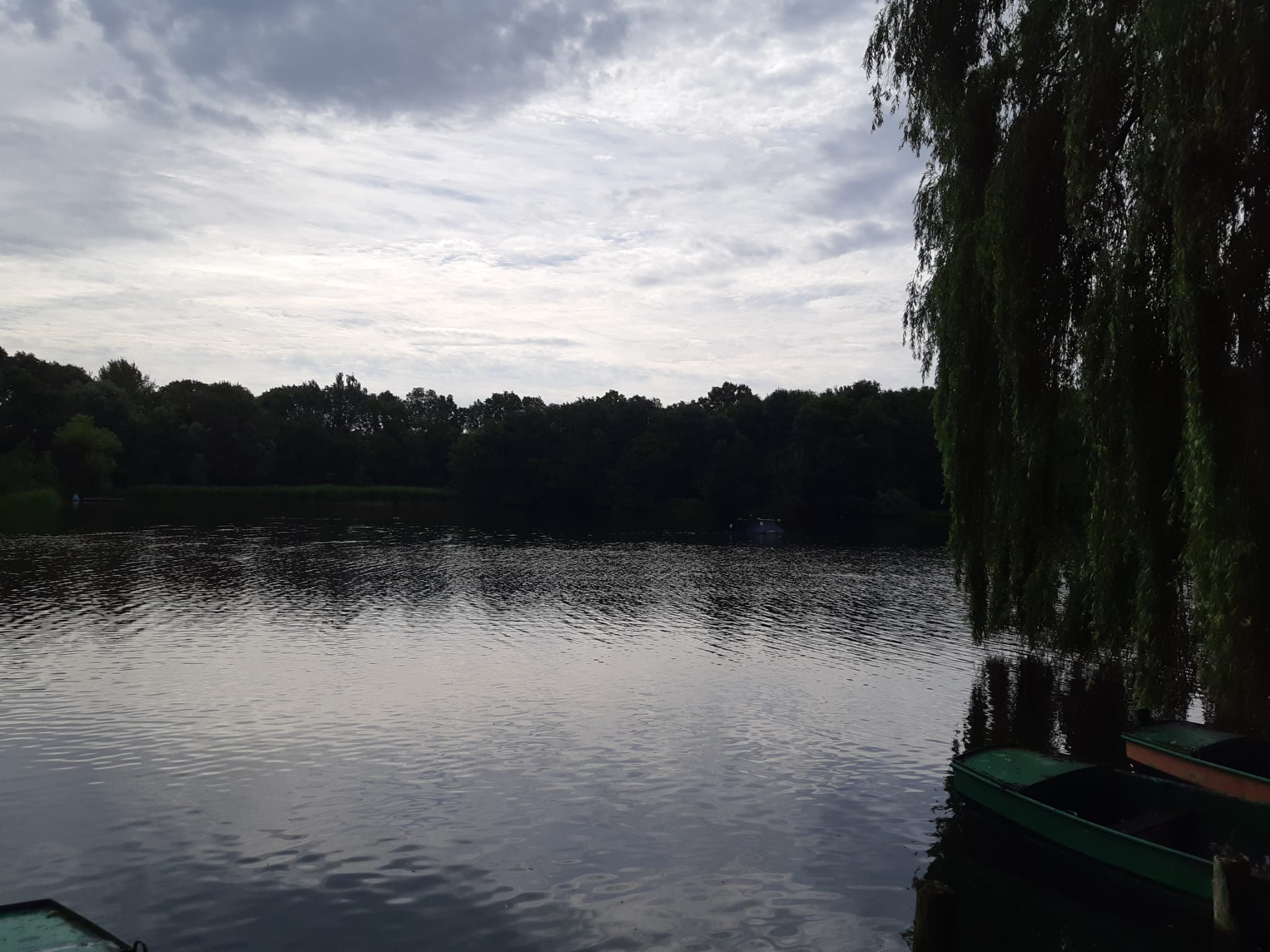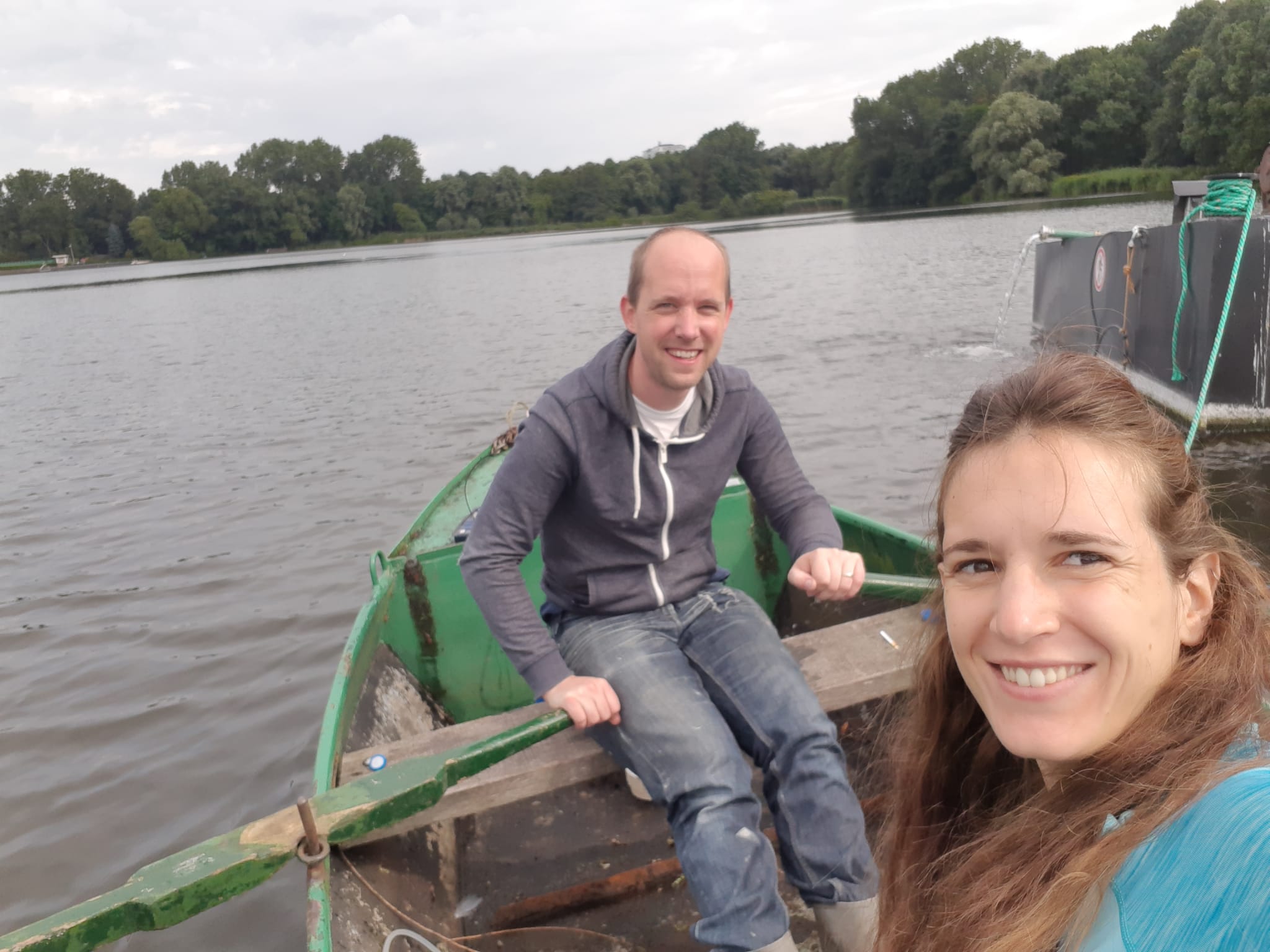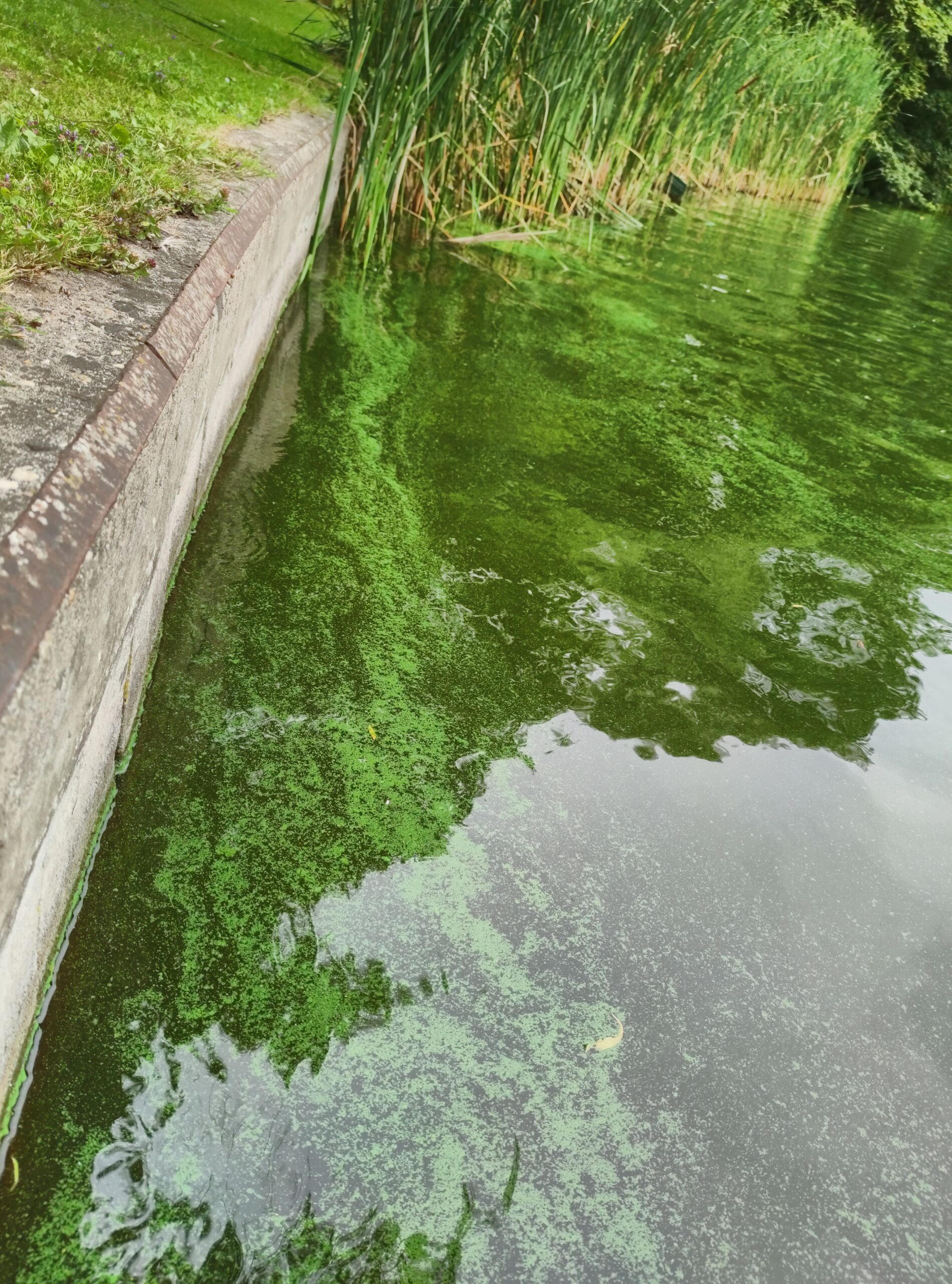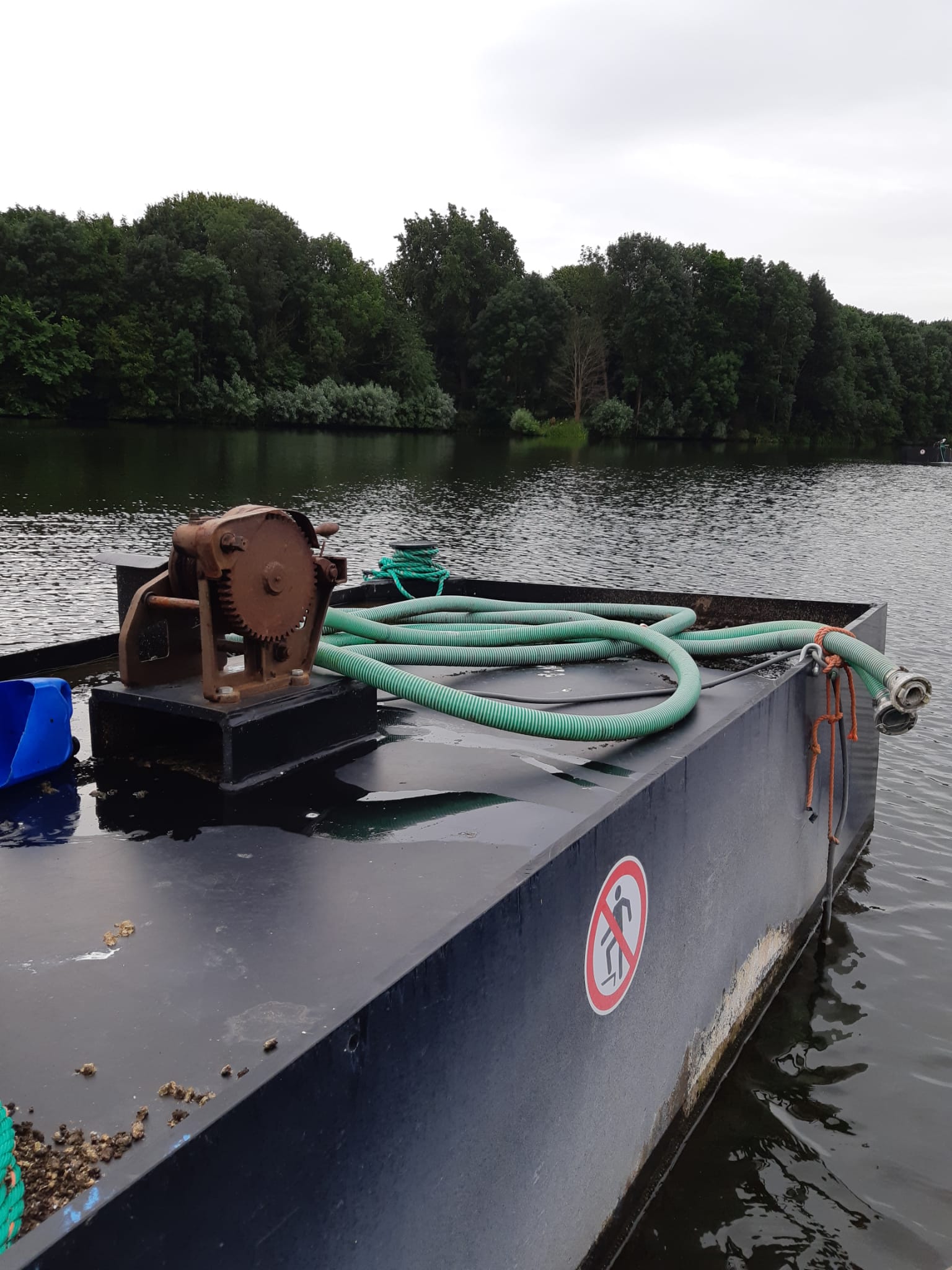Blogs
Not ISS but ICS – Iron coated sand!
Hi, I’m Victoria and on this blog I want to tell you about my secondment at Arcadis. First of all, what’s a secondment? One of the nice things about the P-TRAP project is that every early stage researcher has to do 2 secondments during the time of their contract. These are temporary activities at another institute, university or company belonging to the P-TRAP consortium. This is a very positive aspect of the P-TRAP experience as we can grow our network and learn how other companies and universities work.
Arcadis is a global Design & Consultancy organisation, and they have experience in designing full scale P-TRAP measures using iron coated sand (ICS). ICS is a by-product of drinking water production, it is available in large quantities and because of its amorphous iron content it has the capacity to adsorb dissolved phosphorus. In the Netherlands, Aquaminerals (also part of the P-TRAP consortium) produces the ICS. Arcadis and Deltares have had both successful as well as less successful experiences with field measures using ICS. Although a lot is known about the ICS, there are still questions about how the material behaves, and that is where my work comes in!
As you can imagine, corona made things a bit tricky. In the Netherlands we are working from home since 2019, therefore sitting at Arcadis was not an option, but nevertheless we are collaborating very closely and even having fieldwork campaigns together! First, we defined our joint research questions. The scientific relevance is important and also that the acquired knowledge could be applied for the design of ICS filters. Second, we scheduled regular meetings where we discussed my findings in the lab and planned the next steps. And most recently, we designed a field experiment together and went into the field!
One of the questions we have is what is the effect of the flow velocity on the phosphorus retention. This is a critical design parameter, as the longer the water stays in the filter the larger the filter needs to be. And the more expensive the construction gets! Another question is what is the maximum adsorption capacity of the ICS and if we can predict how long it will take for the ICS to be saturated with P. This is important as it determines the life span of the filter, and if it needs to be maintained every year, 5 years, or even 100 years!
All these questions have to do with adsorption kinetics. We designed reactive column experiments to quantify the effect of kinetics in phosphorus adsorption with the same materials Arcadis uses in the construction of the filters. One of the outcomes was that some filters could benefit from a stop-flow regime, when the pump only works a few hours per day and the filter rests the rest of the hours. Together with my colleague Arjon from Arcadis we wanted to see if we could apply this principle to a filter that was working below the expected efficiencies and we designed a field experiment to test this. The lake where the filter is placed is very beautiful and there are many recreation activities and clubs around as a fishing and a summing club. Due to the high phosphorus content in the water, algae blooms appeared the last seasons killing the fish. The filter is a big bag (1 m3) with a pump on the inside and is placed in depth of 12 m. The pump used to work non-stop, 24/7, and we placed a timer for it to work 4 hours and rest 20 hours per day. We left the filter to get used to this new regime for one week and then went to take water samples and sample the filter material. Despite the rain it was a very enjoyable day!
There is still a lot to think about and analyses to make, but according to our first results it appears that the stop flow regime improved the P removal of the filter significantly! Stay tuned and we will tell you more about the results on a next opportunity!
Bonus track: If you want to know more about a ICS full scale filter, check out this successful story!! https://www.h2owaternetwerk.nl/vakartikelen/eerste-grootschalige-toepassing-ijzerzandfilter-een-succes
 |
 |
|
View of the lake |
Arjon (Arcadis) and Victoria (Deltares) during the sampling campaign in July, in the background you can see the outflow hose of the filter. |
 |
 |
|
Shore of the recreational lake where the ICS filter is placed, algae growth can be seen. |
Floating part of the filter. |

